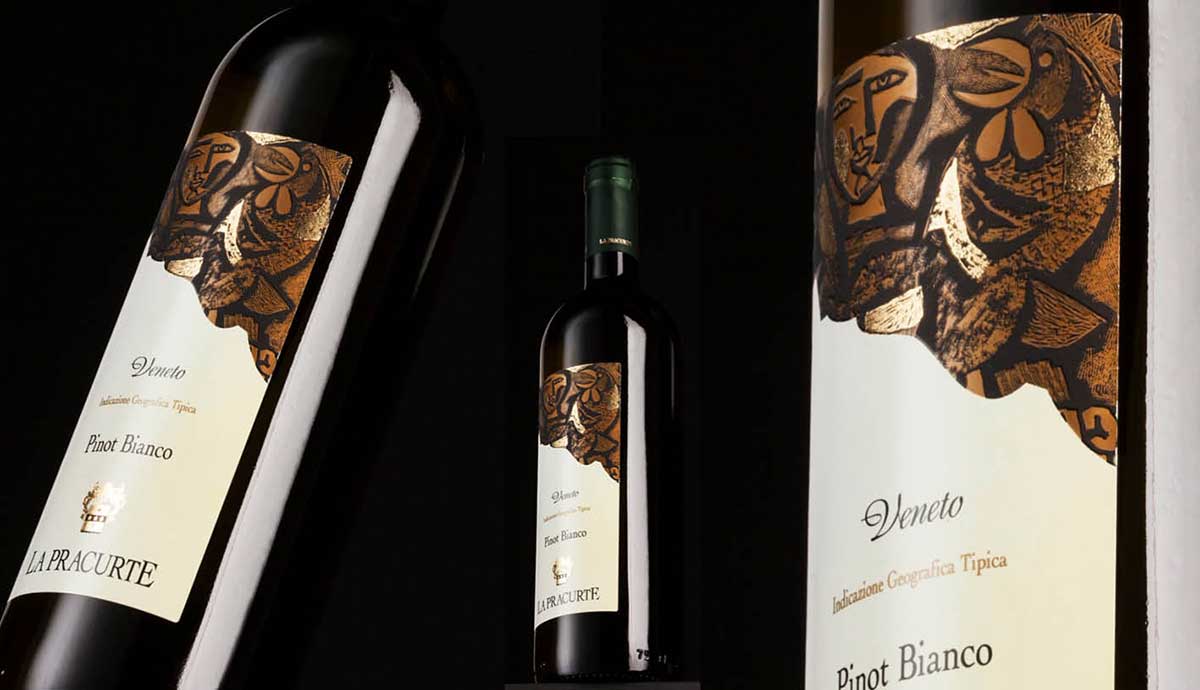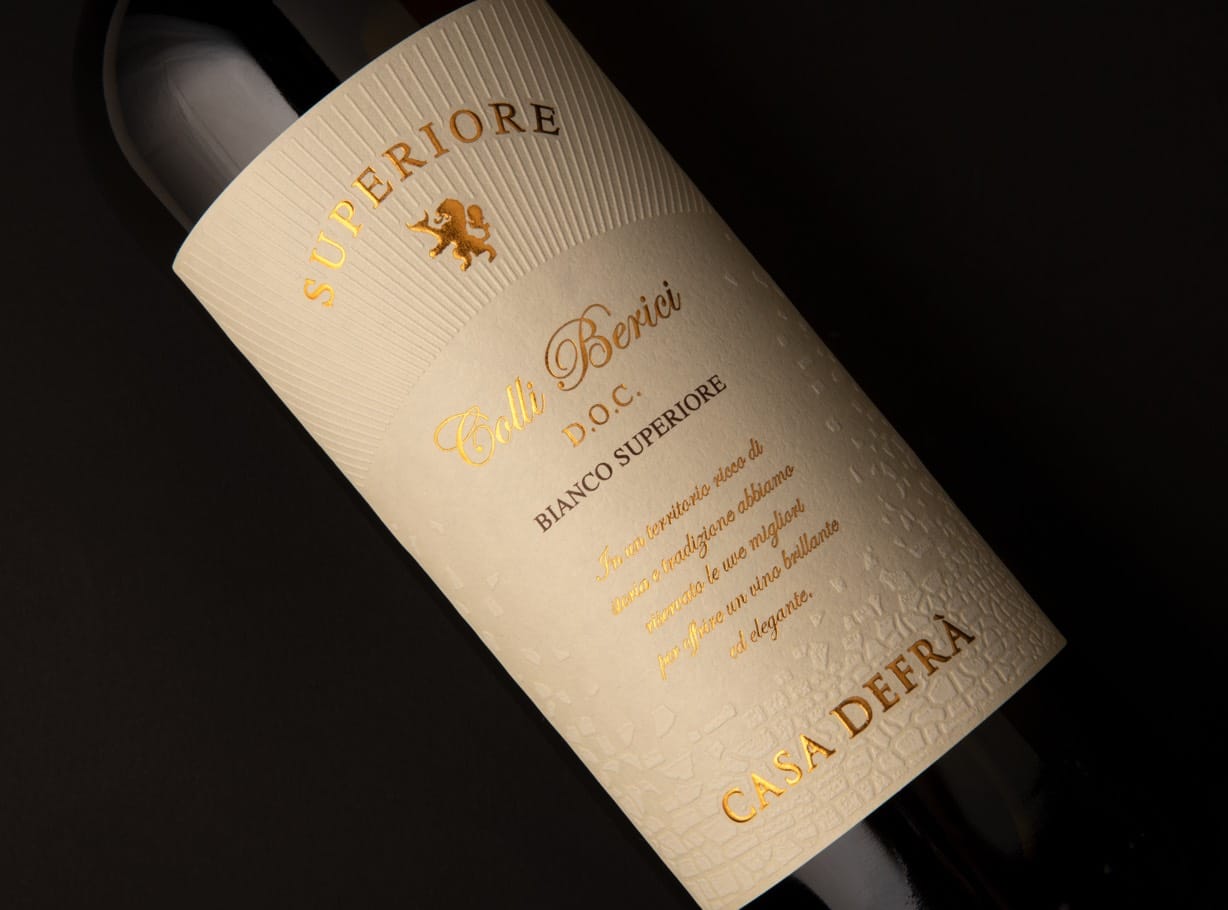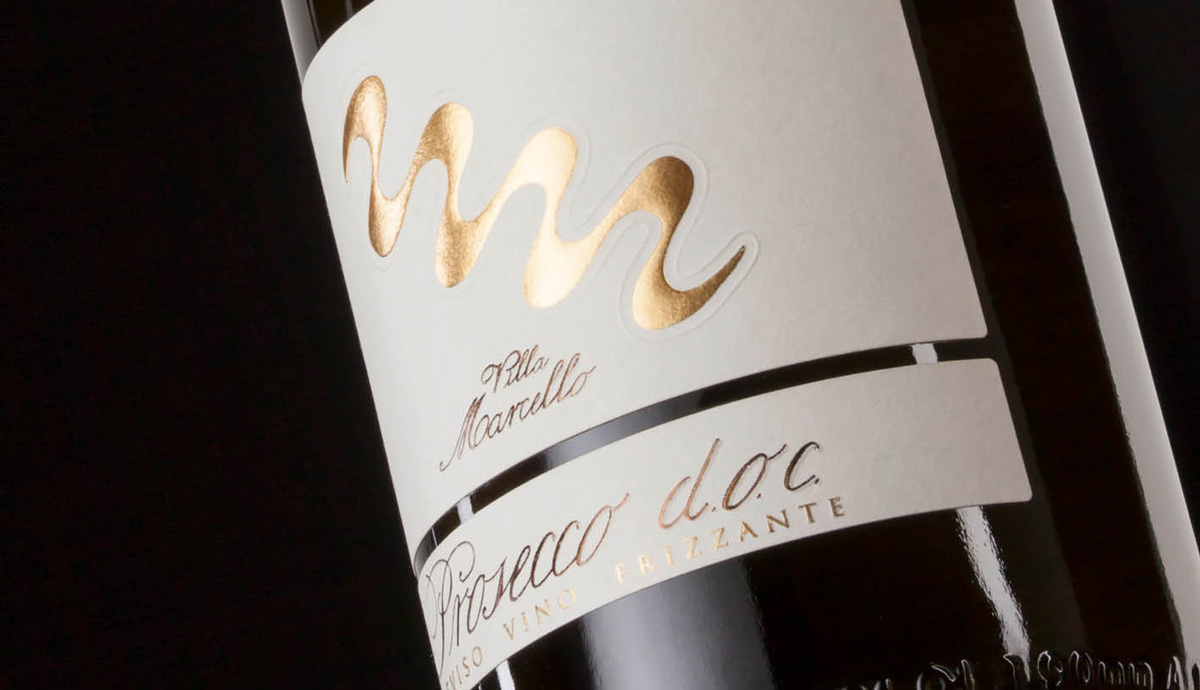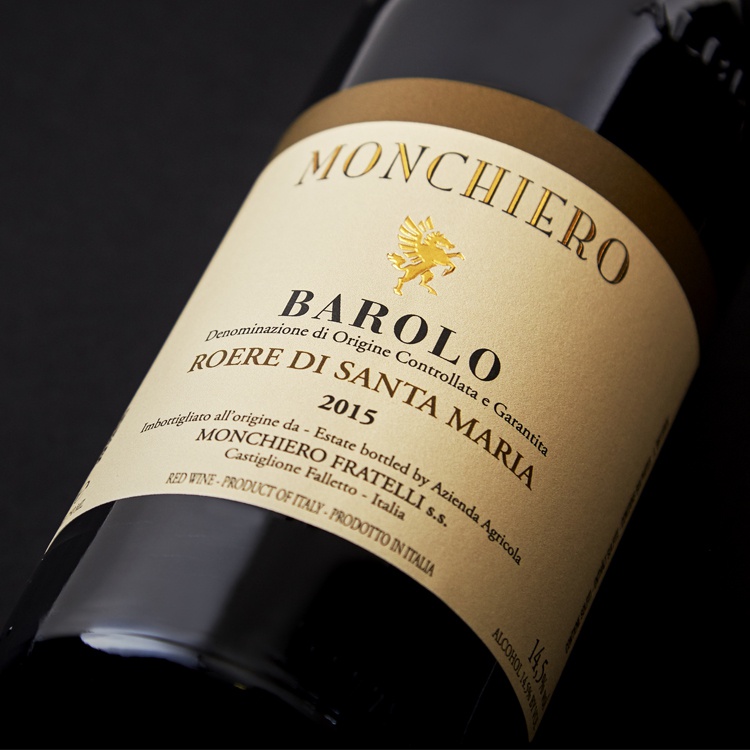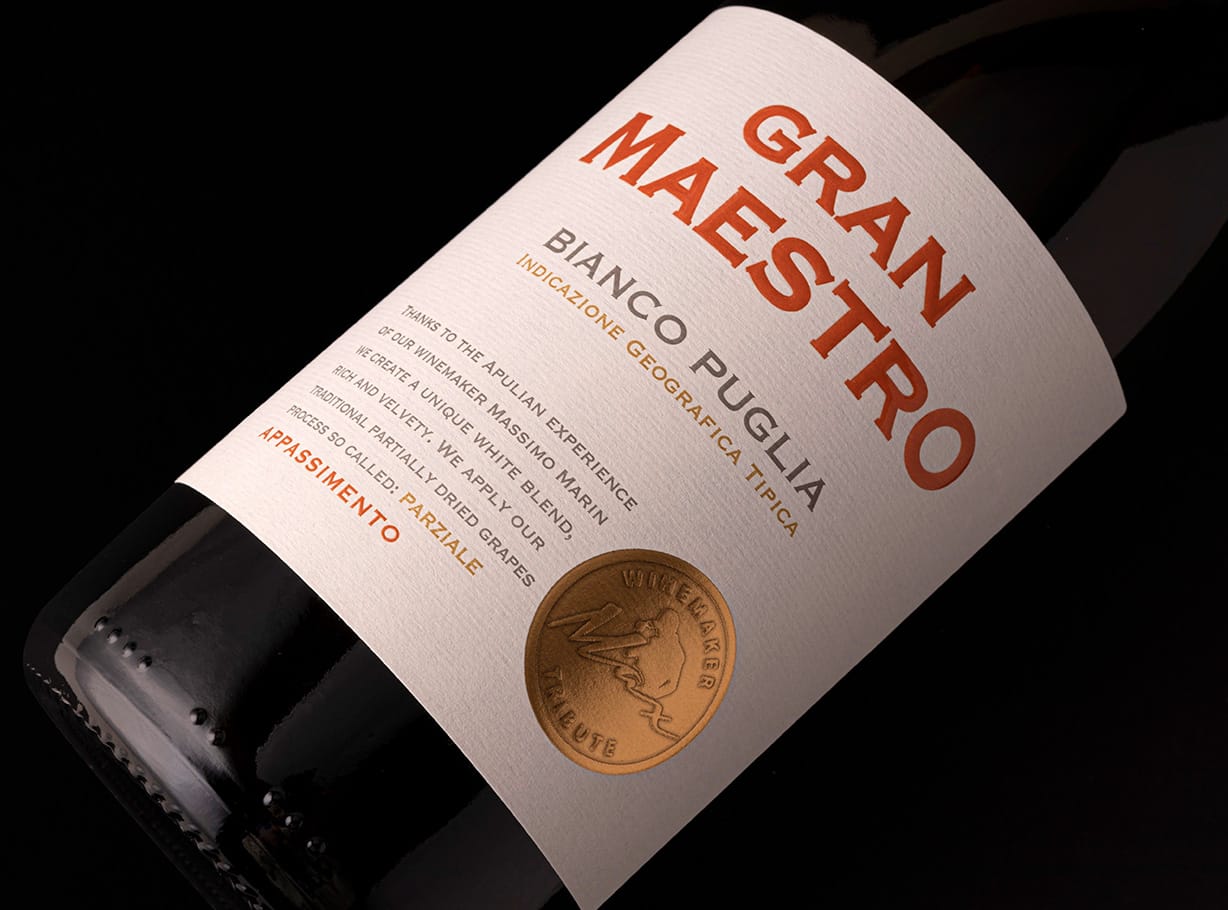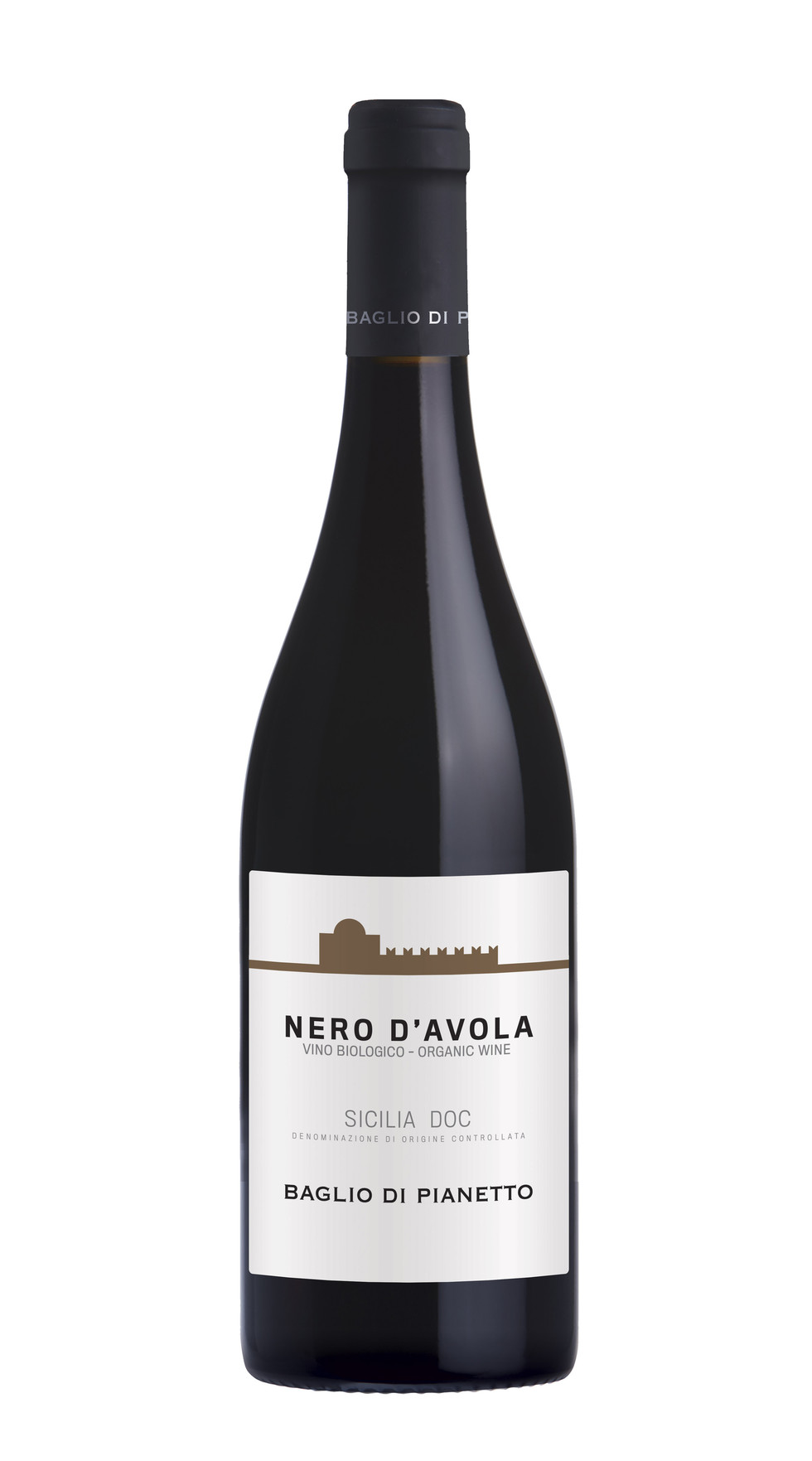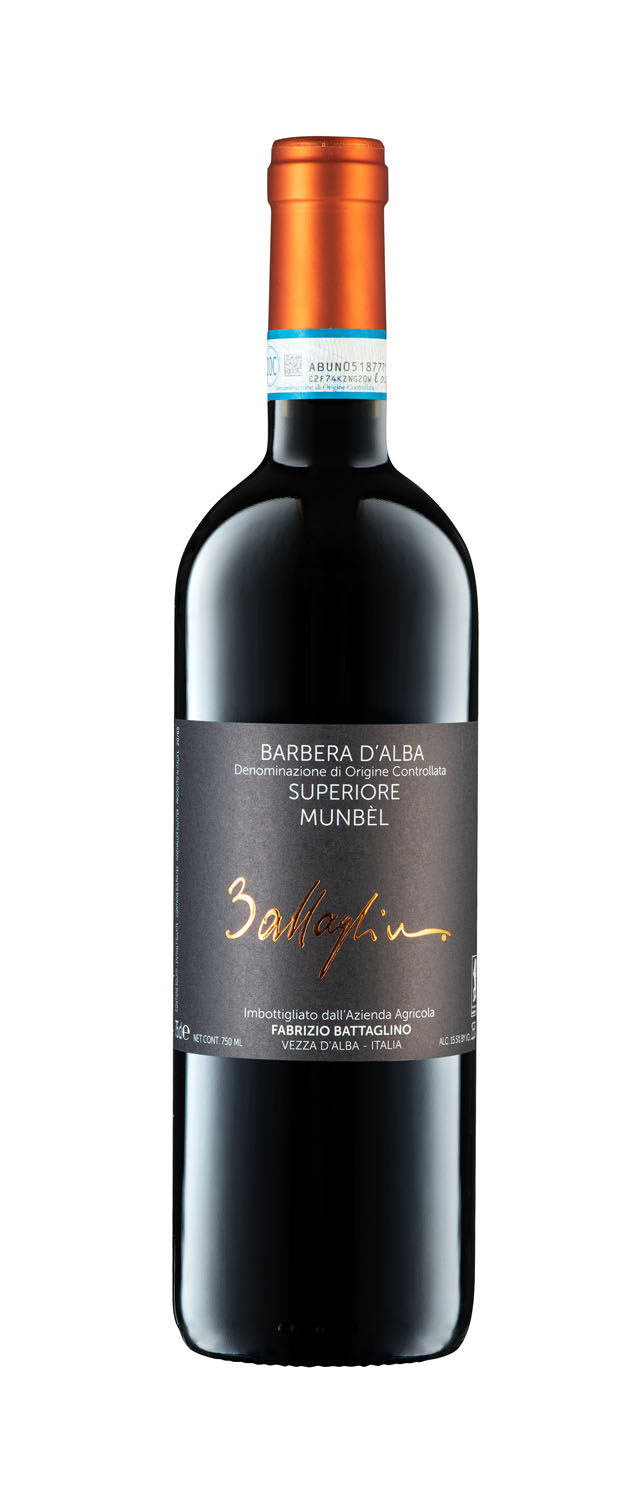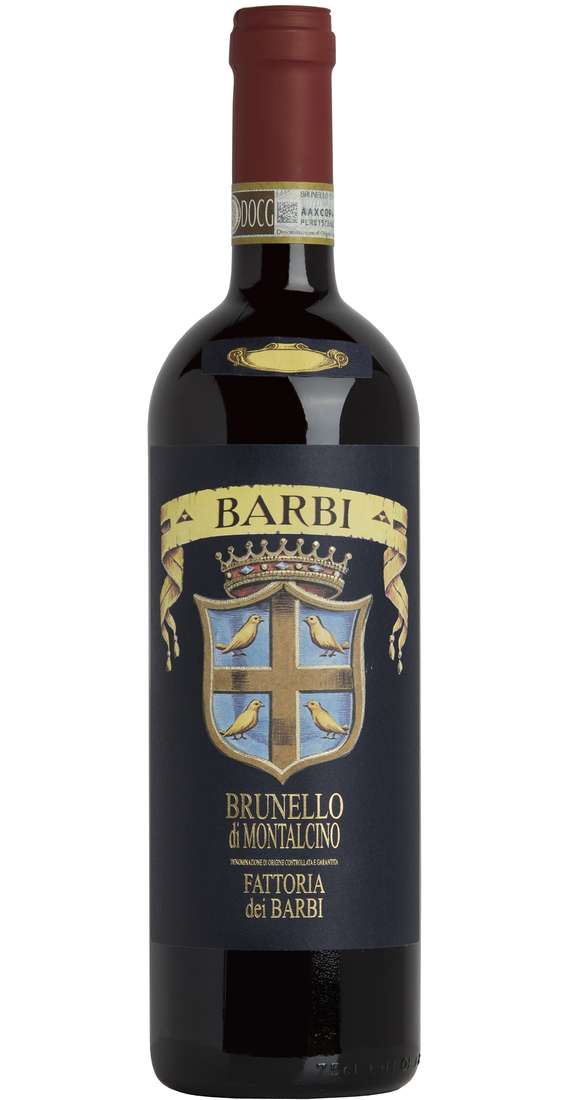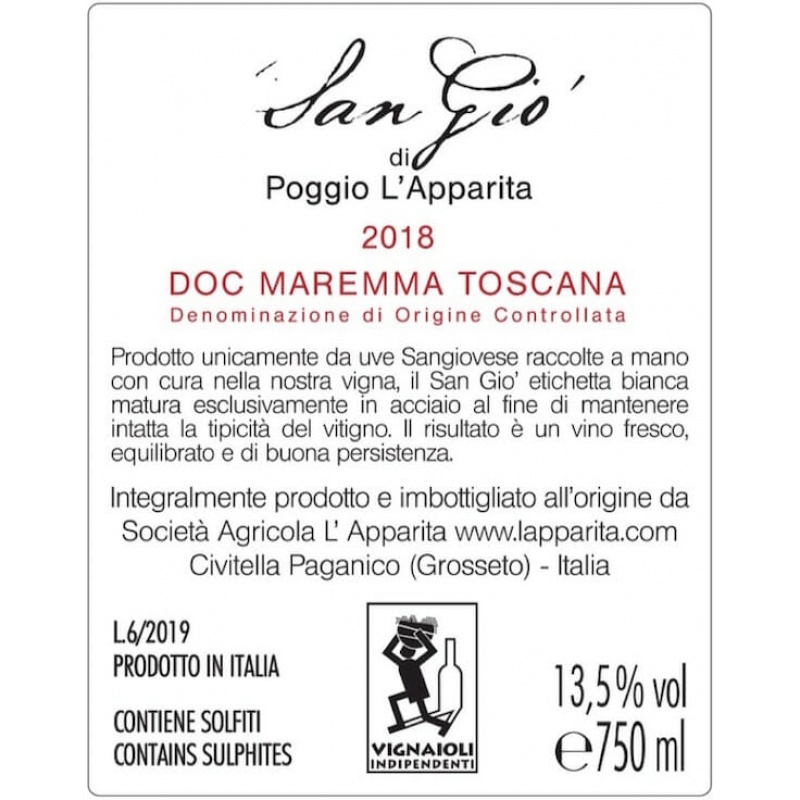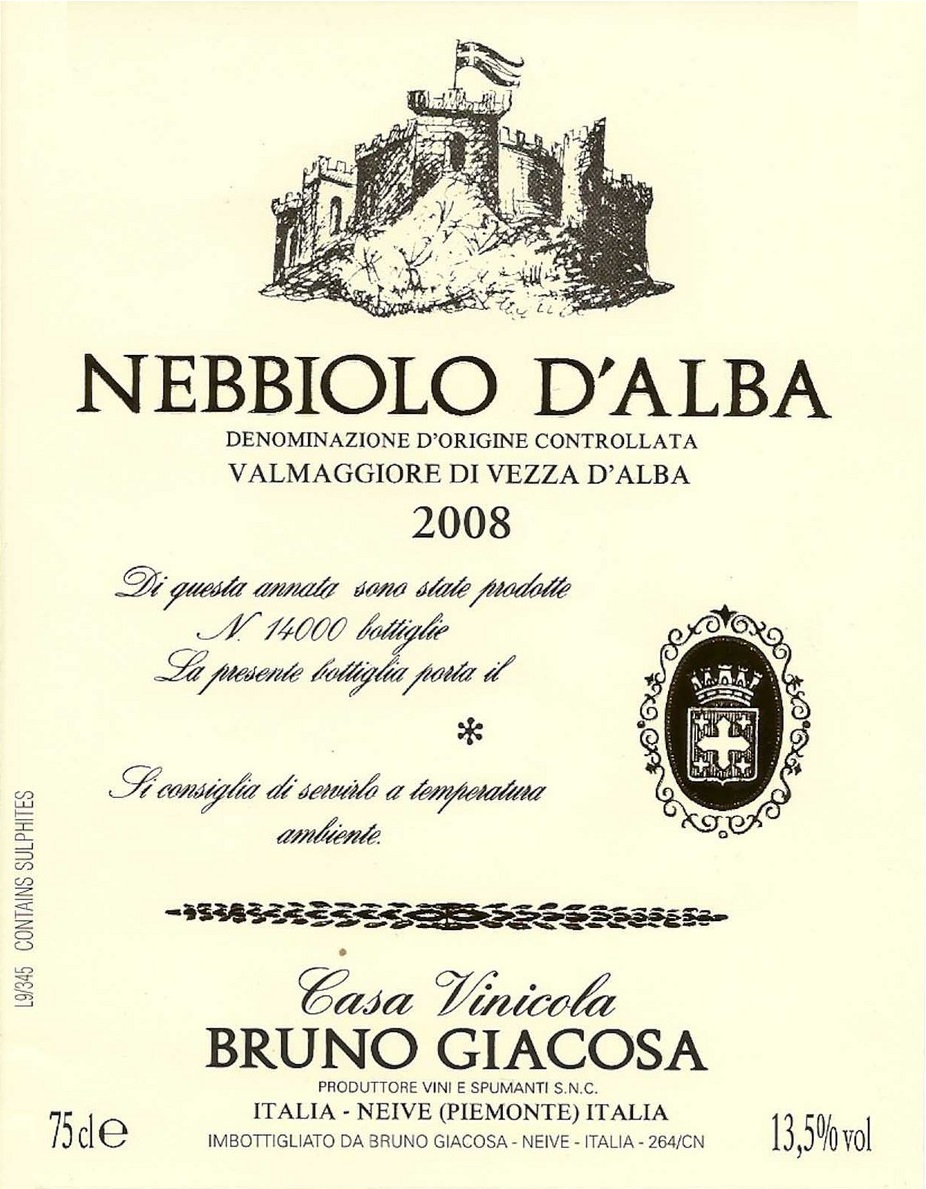What can you discern about a wine from its label? Well, quite a lot. From their beautiful packaging to fancy designs, wine labels attract the eye, but the key to finding the right wine for you lies in understanding what a label is telling you about the contents of that bottle.
Italian wine labels come with some well-known terms and names and others that are less obvious. Getting to know how to read a wine from Italy will take you a long way in identifying its key characteristics.
From appellation credentials to terms, regulations, regions, and varieties, get ready to become better acquainted with the next bottle of Italian wine that you purchase.
Regions and Grape Varieties
For starters, in Italy, some wines are labeled for their region of origin. Great examples of this are Barbaresco DOCG or Franciacorta DOCG. Other wines are labeled for the grape variety used to make them plus the region – take, for example, Barbera d’Asti DOCG, meaning a Barbera variety from the Asti region, or Cannonau di Sardegna DOC, a wine from Sardegna made with the Cannonau grape.
The Italian Classification System
In Europe, Geographical Indications tell you not only where the wine is from but also come with further regulations that can stipulate which grapes may be used and how a wine should be made. These requirements mean that European labels are reliable indicators for the style of wine a consumer will find in a bottle.
Italy’s classification system was created in 1963 when the country began to rein in its previously uncontrolled production by setting up regulations regarding border limits, grape varieties, harvesting, yields, wine styles, winemaking techniques, and aging requirements. Updates and changes have been introduced throughout the years as the country has grown into the world powerhouse of wine production that it is today.
Italy’s classification provides excellent guidelines for finding amazing wines and assuring particular styles. That said, it is important to remember that some wineries choose not to seek classification status on purpose because they prefer to prioritize different winemaking techniques that don’t follow the exacting regulations, such as choosing to incorporate different grape varieties or blends that would not be permitted within a specific classification system.
DOCG – Denominazione di Origine Controllata e Garantita
DOCG is one of Italy’s two classifications indicating a Protected Designation of Origin (PDO). This is the highest and most stringent classification in the system, and wines displaying this on their label must meet rigorous quality controls regarding production methods, laws regulating which grape varieties are permitted, rules regarding the ripeness of the grapes at the time of harvest, enforced yield limits, specific winemaking procedures and types of maturation allowed.
A candidate for DOCG classification must have already spent 10 years classified as a DOC. The wines are then put through official tastings, testing, and analysis of their organoleptic and chemical-physical properties by an official government panel before they can display this label. There are currently about 78 DOCG wines in the country, including names such as Barolo DOCG, Chianti DOCG, Brunello di Montalcino DOCG, and Fiano di Avellino DOCG. To prevent counterfeiting, a numbered government seal is placed around the neck of the bottle – green for white wine and pink for red.
DOC – Denominazione di Origine Controllata
This is the country’s other PDO classification and currently regards about 329 Italian wines that are made exclusively in specified and well-defined regions in accordance with regulations designed to maintain the traditional winemaking practices of the area. For this reason, the rules governing wines made in one region as a DOC can differ greatly from those of another DOC from a different region. These wines also come with very strict quality controls that allow consumers to make reliable choices when it comes to the quality of the DOC wine they are buying. The producers are required to adhere to very strict styles and must follow laws governing specific viticultural zones, grape varieties, and production techniques.
These wines must also undergo tastings, testing, and analysis by the official government panel and follow the laws of their specific geographical region. A preliminary chemical-physical analysis is made during production, and exams of the wine’s organoleptic properties are held after production. Examples of Italian DOCs are: Montepulciano d’Abruzzo DOC, Aglianico DOC, Soave DOC, and Vermentino di Sardegna DOC.
IGT – Indicazione Geografica Tipica
IGT wines are also guaranteed for quality but, instead, concentrate on the specific area where they are produced. They tend to have more varied or even international styles and may use less traditional winemaking methods or grape varieties. They display a greater range in both price and quality and generally focus on the geographical location where they are produced rather than specific grape varieties or styles of wine. For a wine to receive IGT classification, it must be entirely produced within a specified geographical location and at least 85% of the grapes used to make it must also come only from within that same area.
Wines that seek classification but don’t fall into the stringent requirements of DOCG or DOC can be labeled IGT. The labels must indicate the grapes used, the vintage, and the color. The category contains many very good and reliable wines. There are various noteworthy IGTs in Italy like Veneto IGT, Toscana IGT, and Puglia IGT. In the area of Bolzano IGT might be listed as Landwein, and in the Valle d’Aosta it may be markeed as Vin de Pays.
VdT – Vino da Tavola
VdT indicates table wines and holds the lowest level of the country’s quality categories. Their labels cannot display any vintage, and their production is restricted by very few laws or regulations.
Other Terms Used to Describe Style and Quality
Super Tuscan
This term first appeared in the 1970s. It was adopted by Tuscan wineries that chose to forgo the exacting appellation laws for DOC or DOCG status in order to blend foreign grape varieties in their wines or to mature them in small, new oak barrels.
Classico
This word on a label denotes wines produced on a superior vineyard area within a DOC or DOCG. It is found after the appellation name and often indicates grapes grown in the hillier and more historic areas that produce wines that display more concentrated flavors.
Riserva
A Riserva is a wine that has undergone extended aging in cask or bottle before being released. It is required to age for longer, usually a minimum of two years more, than other wines regulated within the region.
Superiore
This word on a label of Italian wine tells you that the wine has a greater concentration and higher abv – usually at least 0.5% higher than other wines from that region. These wines also follow strict limits for how and when the grapes are harvested as well as minimum age requirements.
Other Words on Italian Wine Labels
- Abboccato – slightly sweet
- Amabile – medium sweet
- Cantina – winery
- Cantina sociale – winery co-operative
- Fattoria – farm
- Frizzante – sparkling
- Metodo classico – classic champagne method
- Novello – light fruity wine meant for early consumption
- Passito – wine made from dried grapes
- Poggio – hill
- Recioto – sweet wine made from dried grapes
- Ripasso – a double fermentation method where basic Valpolicella wine is put over the skins of Amarone or Recioto
- Rosato – rosé
- Secco – dry
- Spumante – sparkling wine
- Vendemmia – vintage
- Vigneto or Vigna – vineyard
- Vin Santo – dessert wine
Written by Liana Bicchieri
